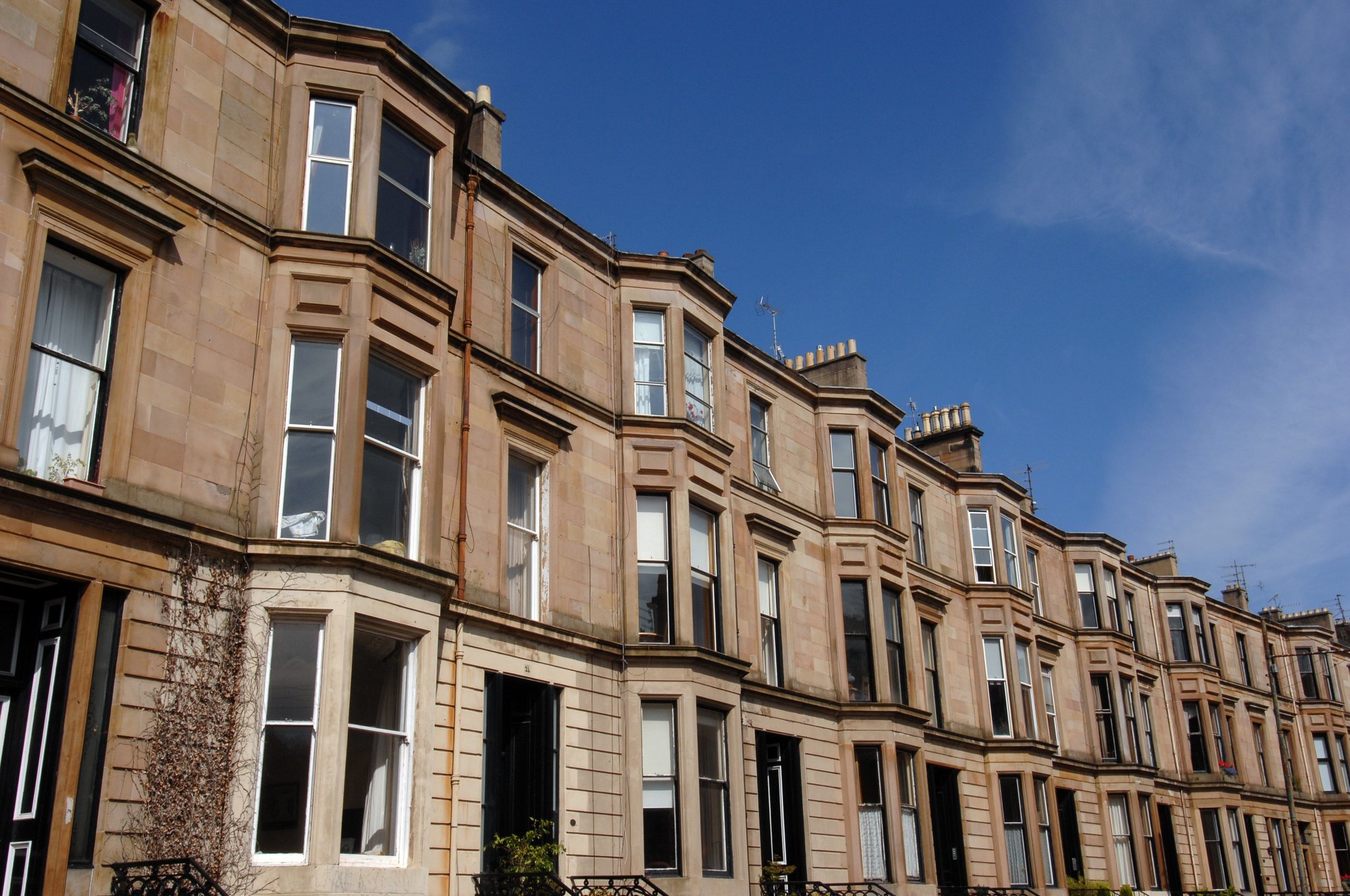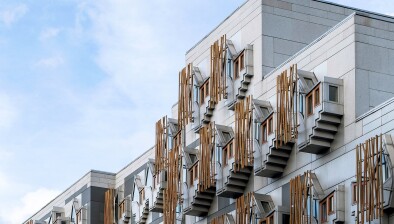Above inflation rent increases spark calls for rent controls and more social housing
Average rents for two-bedroom properties have increased above inflation in ten out of 18 areas in Scotland compared with 2020, according to official figures from the Scottish Government.

Statistics on average annual private sector rents to the end of September 2021 found that the largest increases were 7.1% in West Dunbartonshire and 6.8% in the Ayrshires.
Four more areas saw an increase above 0.5% but below inflation, while three areas saw little change in average rents compared with the previous year, with annual changes between 0% and 0.3%. Lothian, where the average rent for two bedroom properties fell by 2.9%, was the only area with a decrease.
These regional trends combine to show an estimated 0.6% annual increase in average two-bedroom rents across Scotland.
There were estimated increases in average rents across Scotland for one-bedroom (0.6%), two-bedroom (0.6%) and four-bedroom (1.2%) properties, while average rents for three-bedroom properties showed no change and rents for one-bedroom shared properties fell by 0.4%.
Over the longer term, average rents in Lothian and Greater Glasgow increased above the rate of inflation between 2010 and 2021 across all property sizes, while in Argyll & Bute and North Lanarkshire average rents rose by less than the rate of inflation across all property sizes.
Housing and homelessness charity Shelter Scotland said the rising rents are a double whammy for many renters who are still struggling with the effects of the pandemic and demonstrate the need for more social housing.
Alison Watson, director of Shelter Scotland, said: “It has been an extremely tough year for many, with tens of thousands of people losing jobs and income. But the cost of putting a roof over your head in the private sector is still growing, putting extra undue pressure on families.
“The housing system in Scotland is broken and we need to see action now so that no one has to face the prospect of losing their home. Families are sacrificing other essentials such as energy to heat homes and clothing to pay for extortionate rent. The rising cost of family homes mustn’t be allowed to push more children into poverty.
“The Scottish Government’s rented sector strategy needs to address this long-term issue of increasing rents. Alongside this, we need to give hope to struggling families by building more social housing so that everyone can have the foundation of a safe, secure and affordable home.”
A national system of rent controls is set to be delivered, as a key part of the Scottish Greens deal with the Scottish Government as part of several measures to enhance tenants’ rights.
Scottish Greens housing spokesperson Ariane Burgess the increase solidifies the need for a national system of rent controls, which is set to be delivered as a key part of the Scottish Greens deal with the Scottish Government.
Ms Burgess said: “It is astonishing that rents continued to rise in the midst of a pandemic, when demand was low and people were struggling with reduced income. In most parts of Scotland, those rises were above inflation.
“If landlords won’t lower rents in these conditions, when will they? These figures show that we cannot leave something as fundamental as people’s homes to market forces. That’s why I’m proud the Scottish Greens will bring rent controls back to Scotland.”









